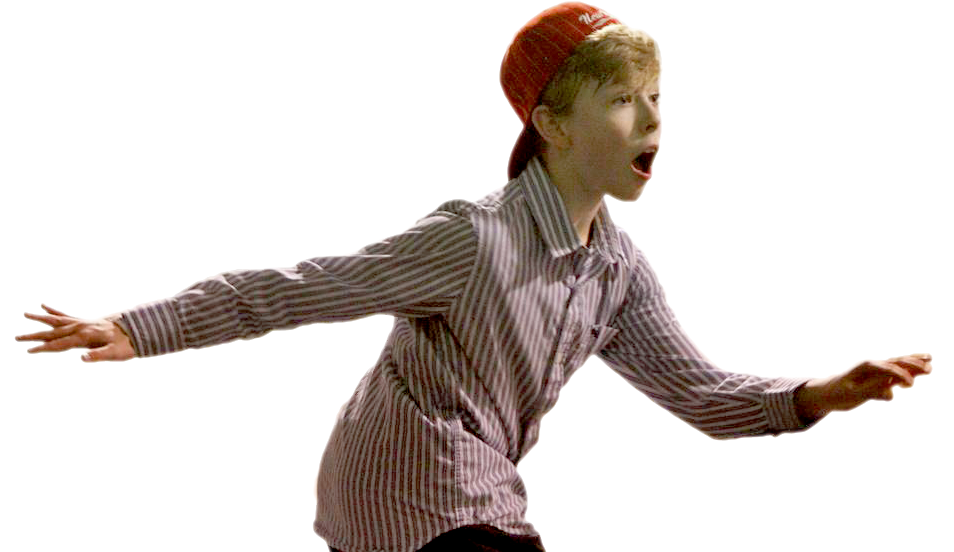Hyperactivity: The Boy or Girl – The Patient




If you’re looking for a “first case” of this hyperactive problem don’t bother. I’ve tried and there’s nothing definitive—excepting a whole boat-load of historical people who’ve acted crazy enough that they coulda’ been!
Even the name for the thing has changed four or five times since I did research on “hyperactivity” in medical school as an honors project some  ty years ago!
ty years ago!
Read more →
Do you think that the term “Night Terrors” is just the name your grandmother used to describe an upsetting bad dream or nightmare?
Well, I never met your grandmother so I don’t know really know what she meant; BUT, they are not the same thing and are treated somewhat differently.
Read more→
This mother has helped her autistic child when no help was available. She teaches us her simple technique: “Look at Me”
This video is in Spanish using subtitles. TED does not intend to support IE with subtitles so they don’t work. According to them: “either view the video in another browser or view on the TED site.”
We’ve been reviewing all the new pediatric health-care guidelines published last year in the past two articles. So far we’ve found that new research prompted governing groups to release care-guidelines for Congenital Dislocated Hips, Calcium supplementation, Fluoride supplementation, Read more→
Over 20 years ago, while I was in the service, a new method of testing diabetics for blood glucose control was “discovered” and I instantly seemed to know in my gut that it would revolutionize the care for the whole clinic full of patients I was managing – not to mention those kids at camp UTADA diabetic camp I saw every fall. (more…)
I’d like to talk today about a “new med” for “juvenile diabetes.”
By ‘childhood diabetes’ I mean the ‘type 1’ diabetes that used to be most predominant in childhood as opposed to the ‘type 2’ which used to be most predominant in adulthood. Two different diseases which, confusingly, have the same name.
(more…)
Leg pain on one side, without known injury, usually means that a child (usually a boy) needs to see his Pediatrician for a thorough exam. Boys, as most parents know (and despite the political attempts at uni-sexing children), are a lot more likely to inflict injury on themselves due to their general activity preferences.
Read more→
It may surprise you to know that 10 – 15% of children go through a "phase" of speech "non-fluency". That is: Stammering, Hesitancy, Delay, or Stuttering before they reach adulthood.
Worldwide, 1% of people stutter in the US speech therapists quote the figure 5 in 100. And there is (more…)
There are two things which a trained pediatrician usually checks for more frequently than other physicians who see children: Developmental Dysplasia of the Hip(DDH) and Amblyopia (lazy eye).
Developmental Dysplasia of the Hip, or DDH (formerly CDH), occurs when the hips of a new born infant are either inadequately or inappropriately developed at birth. The acetabulum (socket) of the pelvis is too shallow to allow the head (ball) of the femur (large leg bone) seat well, so it continually pops out.